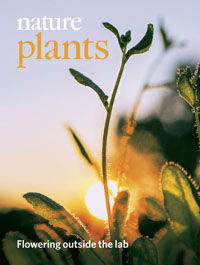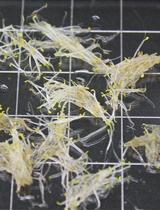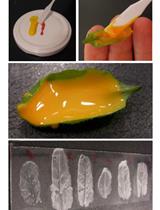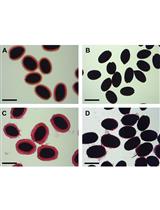- EN - English
- CN - 中文
Tensile Testing Assay for the Measurement of Tissue Stiffness in Arabidopsis Inflorescence Stem
拉伸强度测试用于检测拟南芥花序轴组织刚度
(*contributed equally to this work) 发布: 2019年08月05日第9卷第15期 DOI: 10.21769/BioProtoc.3327 浏览次数: 10088
评审: Anonymous reviewer(s)
Abstract
Lignocellulosic biomass is a versatile renewable resource for fuels, buildings, crafts, and biomaterials. Strategies of molecularly designing lignocellulose for industrial application has been developed by the discoveries of novel genes after the screenings of various mutants and transformed lines of Arabidopsis whose cell walls could be modified in the inflorescence stem, a model woody tissue. The mechanical properties are used as a quantitative index for the chemorehological behavior of the genetically modified cell wall in the tissue. This parameter can be measured with tensile or bending tests of tissue explants, the vibration analysis of tissue behavior or using atomic force microscopy to probe the tissue surface. Here, we describe in detail the procedure to determine the stiffness of methanol-fixed, rehydrated and pronase-treated inflorescence explants with a tensile testing machine based on classical methods for the determination of cell wall extensibility.
Keywords: Arabidopsis (拟南芥)Background
Plant biomechanics can be measured with different methods such as a tensile test (Burgert et al., 2003; Cosgrove, 2011), a bending test (Shah et al., 2017), vibration analysis (Niklas and Moon, 1988, Nakata et al., 2018) and atomic force microscopy (Radotić et al., 2012). These techniques are available to quantify the stiffness and strength properties of materials. Stiffness is defined by the force required to displace (stretch) the material over a unit length, while the strength is regarded as the amount of force required to ultimately rupture the material. The stiffness of a structure is affected by the material properties such as lignocellulosic composition and the bio-structural geometry such as a thickness of cell wall (Shah et al., 2017). The biomechanical tests designed to measure these properties are frequently used in timber grading for commercial sale as well as in tree breeding programs to select and breed superior trees with increased stiffness and strength. Such tests can be also used in Arabidopsis thaliana to identify candidate genes with effects on strength and stiffness in mutant screening as a wood model (Strabala and MacMillan, 2013, Figures 1A-1C). In fact, the tensile test was used to estimate the stiffness of inflorescence stems in Arabidopsis in our previous study (Sakamoto et al., 2018). The protocol in this article provides the procedure to measure the stiffness of mature regions of Arabidopsis inflorescence stem with a tensile testing machine (Figure 1D). It is based on the method to measure the cell wall extensibility (compliance) of tissue explants of dicot seedling stems and monocot coleoptiles (Olson et al., 1965; Cleland, 1967) performed intensively between the 1960s and the 1980s (Taiz, 1984; Masuda, 1990). This has been optimized to the determination of the stiffness of inflorescence stem in Arabidopsis and described in this article.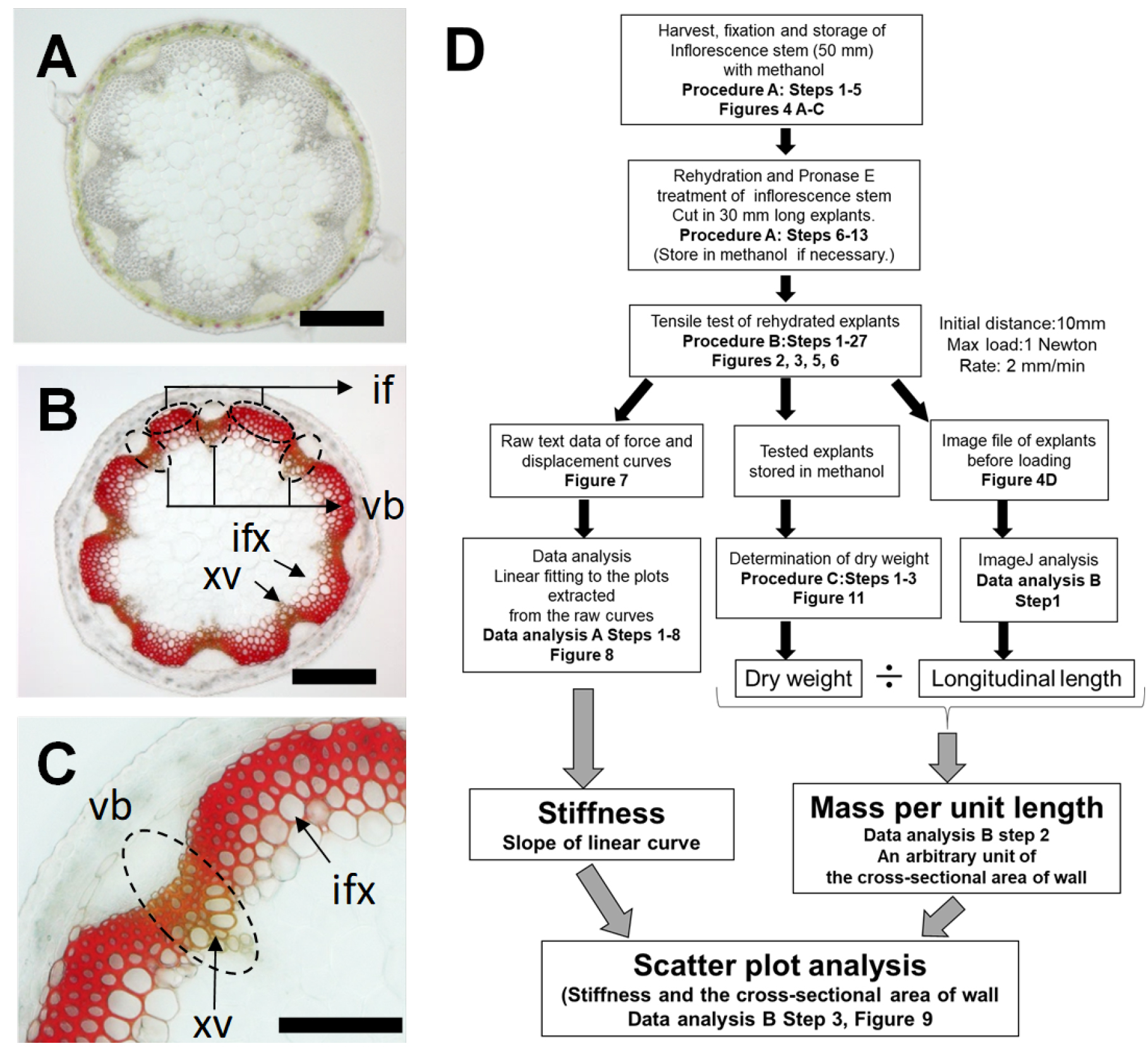
Figure 1. Overview of tensile test to measure the tissue stiffness of a model woody tissue in Arabidopsis. A. Cross sections of mature regions of Arabidopsis inflorescence stem as a model woody tissue. B and C. Stained cross section with Mäule reagent. Interfascicular fiber (If), Vascular bundles (vb), xylem vessels (xv), interfascicular xylem fibers (ixf). Bars indicate 200 μm. D. Flow chart of tensile testing assay for the measurement of tissue stiffness in Arabidopsis inflorescence stem.
Materials and Reagents
- Transparent tape
- PYREX® 55 ml Screw Cap Culture Tubes with PTFE Lined Phenolic Caps, 25 x 150 mm (Corning Co. Ltd., catalog number: 9826-25)
- Plastic transfer pipet (Transparent LDPE, 4 ml, Thin stem, Thermo Fisher Scientific Co. Ltd., catalog number: 13459118)
- Razor blade (Hi-Stainless Single Edge Blade, FEATHER Safety Razor Co. Ltd., catalog number: FHS-10)
- Plastic Petri dish (90 mm x 14.2 mm) (Thermo Fisher Scientific Co. Ltd., catalog number: 5184E)
- Kimtowel wipes (Kimberly-Clark Co. Ltd.)
- Kimwipe paper strips (Kimberly-Clark Co. Ltd., ca. 2 mm x ca.10 mm in length) (Figure 2)
- 2 ml microtube (Eppendorf Co. Ltd., catalog number: 0030120094)
- Aluminum foil
- Inflorescence stem of 8 week-old Arabidopsis thaliana
- Methanol (Kishida Chemical Co. Ltd. Japan, catalog number: 000-48666)
- KH2PO4 (Nakalai Co. Ltd. Japan, catalog number: 09582-75)
- K2HPO4 (Nakalai Co. Ltd. Japan, catalog number: 09583-65)
- Pronase E (PE) from Streptomyces griseus (Product name is “Actinase E”. Nacalai Co. Ltd. Japan, catalog number: 29003-51), store at 4 °C
- SDW: Sterilized ultrapure water (e.g., Milli-Q)
- Potassium phosphate buffer for PE solution (see Recipes)
- PE solution (see Recipes)
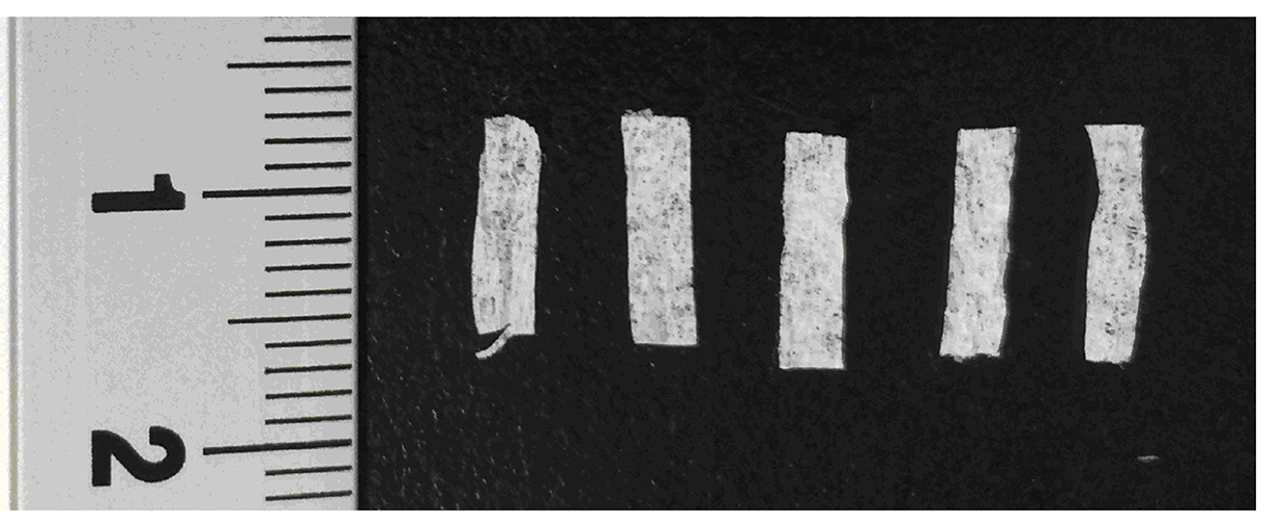
Figure 2. Kimwipe paper strips used to fix sample with the clamps (ca. 2 mm x 10 mm in length, hand-made)
Equipment
- Tensile testing machine for max. 500 Newton (N) (T.S.E. Co. Ltd. Yokohama, Japan, Auto Com Series, catalog number: AC-500N-CM, Figure 3A, see Note 1)
- Load cell for max.10 N (T.S.E. Co. Ltd., Catalog number: TC-10N-B) (Figure 3A)
- Upper and lower fiber clamps in lever action (Figures 3B and 3C, Clip jaw 5N, A & D Co. Ltd., Tokyo, Japan, catalog number: J-TZM-5N)
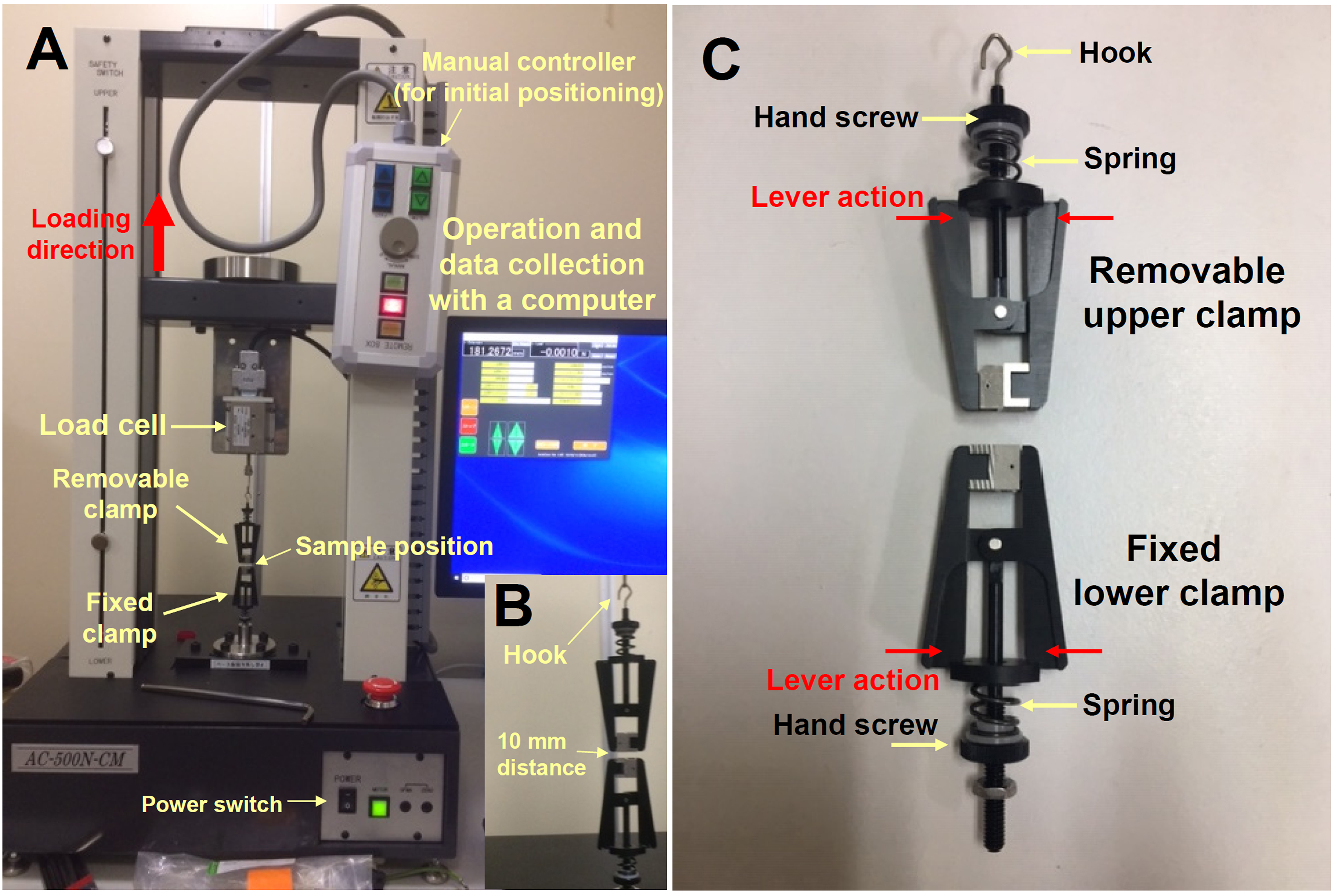
Figure 3. Tensile testing machine and its clamps. A. Tensile testing machine for maximal 500 N force. B. Removable clamp with a hook and fixed clamp. Set the zero point of the load in this position of the removable clamp. C. Top-removable and bottom-fixed fiber clamps. The clamp can be opened by lever action and sample should be fixed with hand screw tightly. - Oven (37 °C or 60 °C, EYELA Co. Ltd., Japan, Forced Air Flow Oven, WFO420)
- Water bath (TR-1α, ASONE Co. Ltd., Japan, catalog number: 1-5832-31)
- Chemical fume hoods
- Analytical balance (Mettler Toledo Co. Ltd., Balance XPR26, catalog number: 30355476)
- Universal Anti-Static Kit U-electrode (Mettler Toledo Co. Ltd., catalog number: 11107767)
- Sharp-Pointed Dissecting Scissor (Thermo Fisher Scientific. Co. Ltd., catalog number: 08-940)
- Digital camera
- Ruler (up to 150 mm)
- Tweezer (EBL Co. Ltd., model: #202)
Software
- Operation and analysis software for the tensile testing machine (T.S.E. Co. Ltd., Yokohama, Japan, UTPS-STD Single for windows 10, English version is available)
- Microsoft Excel (https://products.office.com/en-au/excel)
Procedure
文章信息
版权信息
© 2019 The Authors; exclusive licensee Bio-protocol LLC.
如何引用
Yoshida, K., Sakamoto, S. and Mitsuda, N. (2019). Tensile Testing Assay for the Measurement of Tissue Stiffness in Arabidopsis Inflorescence Stem. Bio-protocol 9(15): e3327. DOI: 10.21769/BioProtoc.3327.
分类
植物科学 > 植物生理学 > 组织分析 > 细胞壁
您对这篇实验方法有问题吗?
在此处发布您的问题,我们将邀请本文作者来回答。同时,我们会将您的问题发布到Bio-protocol Exchange,以便寻求社区成员的帮助。
Share
Bluesky
X
Copy link


